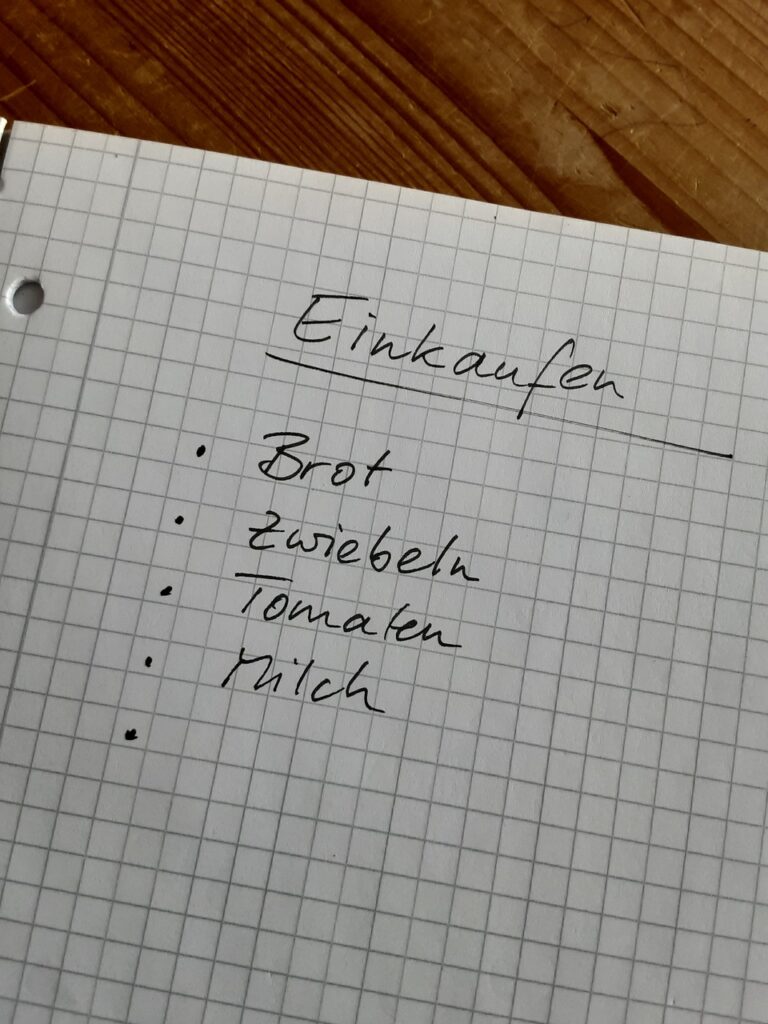Exploring the Psychology of Online Auctions: Bidding Strategies and Behavior
Online auctions have become a popular platform for individuals to bid on a wide range of items, from antiques to electronics. One common bidding pattern observed is known as sniping, where participants wait until the final moments of the auction to place their bid in an attempt to outmaneuver competitors. This strategy aims to minimize the chances of a bidding war and secure the item at a potentially lower price.
Another prevalent bidding pattern is incremental bidding, where participants place small incremental bids to gradually increase the price of the item. This strategy allows bidders to stay actively engaged in the auction while also strategically pricing out competitors. By incrementally increasing bids, participants can gauge the level of competition and adjust their bidding strategy accordingly to increase their chances of winning the auction.
Factors Influencing Bidding Decisions
When participating in online auctions, various factors come into play that influence bidders’ decision-making processes. One significant factor is the starting price of the item being auctioned. Research suggests that bidders are more likely to engage in competitive bidding when the starting price is perceived as reasonable or lower than the item’s perceived value.
Another key factor that influences bidding decisions is the presence of competing bidders. The behavior of other bidders can create a sense of competition and urgency for individuals to bid higher in order to secure the desired item. This phenomenon, known as social facilitation, can drive bidders to engage in more aggressive bidding strategies than they initially intended.
• Bidders are more likely to engage in competitive bidding when the starting price is reasonable or lower than the item’s perceived value
• The presence of competing bidders can create a sense of competition and urgency for individuals to bid higher
• Social facilitation can drive bidders to engage in more aggressive bidding strategies than they initially intended
Emotional Factors in Online Bidding
Emotional factors play a significant role in online bidding processes. The excitement and thrill of competing in an auction can lead bidders to make spontaneous decisions based on their emotions. In some cases, bidders may get caught up in the heat of the moment, leading them to bid beyond their predetermined limits. This emotional attachment to winning can drive bidders to engage in bidding wars, sometimes losing sight of the value of the item itself.
Moreover, feelings of disappointment or regret can arise when bidders are outbid, triggering a desire to reclaim the item at any cost. This emotional response can lead to impulsive bidding behaviors, as bidders strive to overcome feelings of loss or defeat. Understanding and managing these emotional influences is essential for bidders to make rational and informed decisions in online auctions.
What are some common bidding patterns in online auctions?
Some common bidding patterns in online auctions include sniping (waiting until the last moment to place a bid), incremental bidding (raising bids by a small amount each time), and aggressive bidding (placing high bids quickly to discourage competition).
What are some factors that influence bidding decisions in online auctions?
Factors that influence bidding decisions in online auctions include the item’s perceived value, the bidder’s budget, the bidder’s emotional attachment to the item, the bidding history of other participants, and the presence of time pressure.
How do emotional factors play a role in online bidding?
Emotional factors play a significant role in online bidding, as bidders may get caught up in the excitement of the auction, feel a sense of competition with other bidders, or experience fear of missing out on an item they desire. These emotions can influence bidding behavior and lead to higher bids than originally intended.







